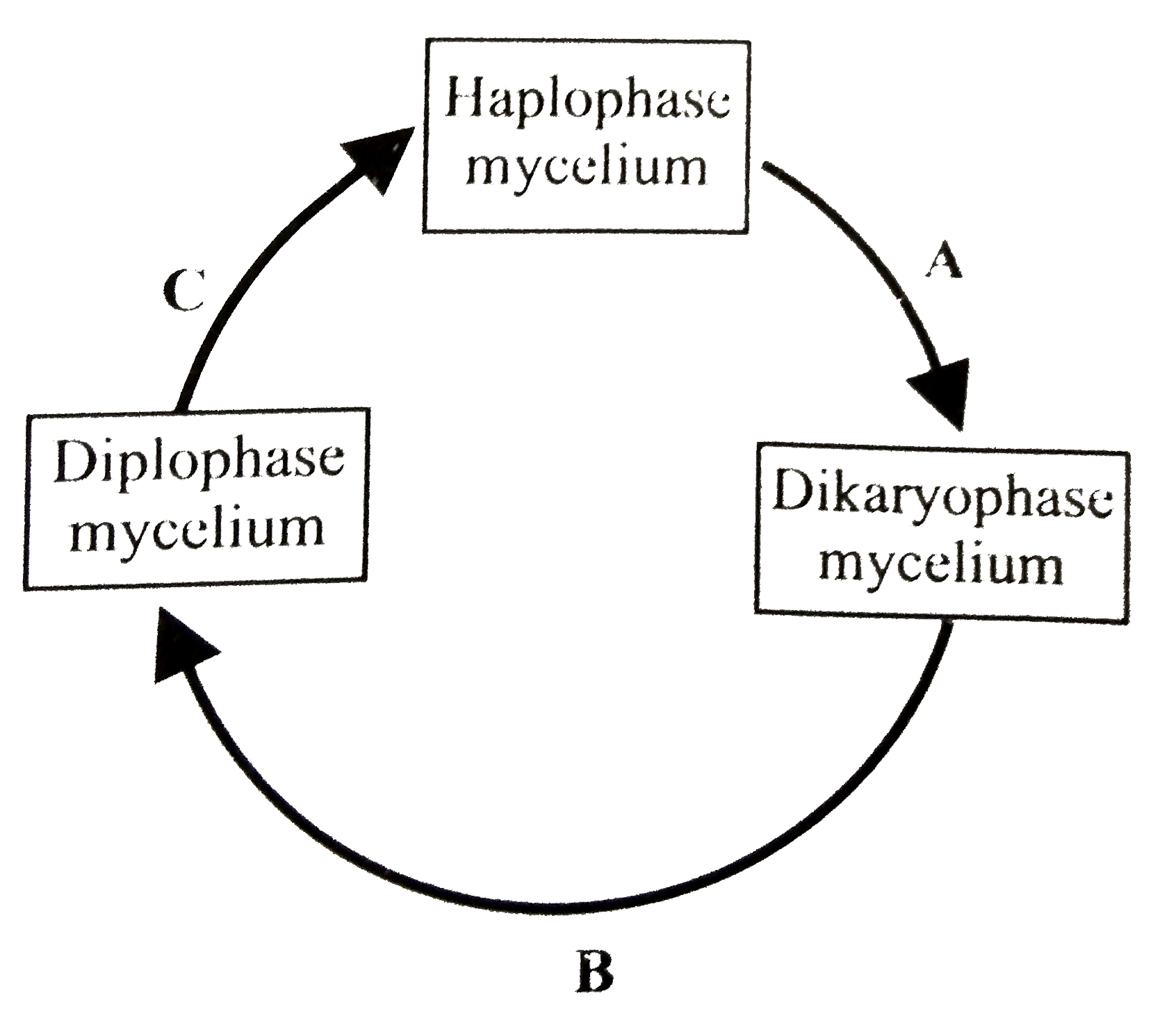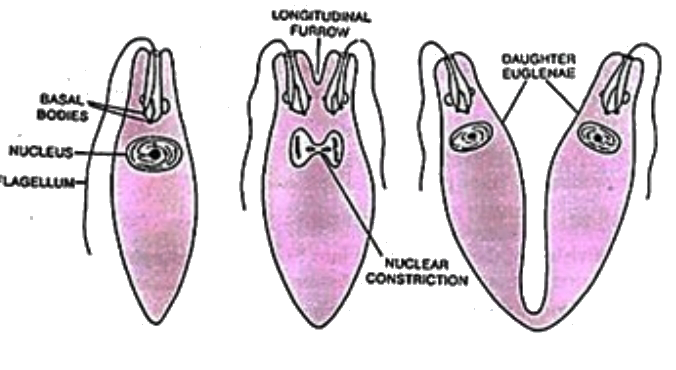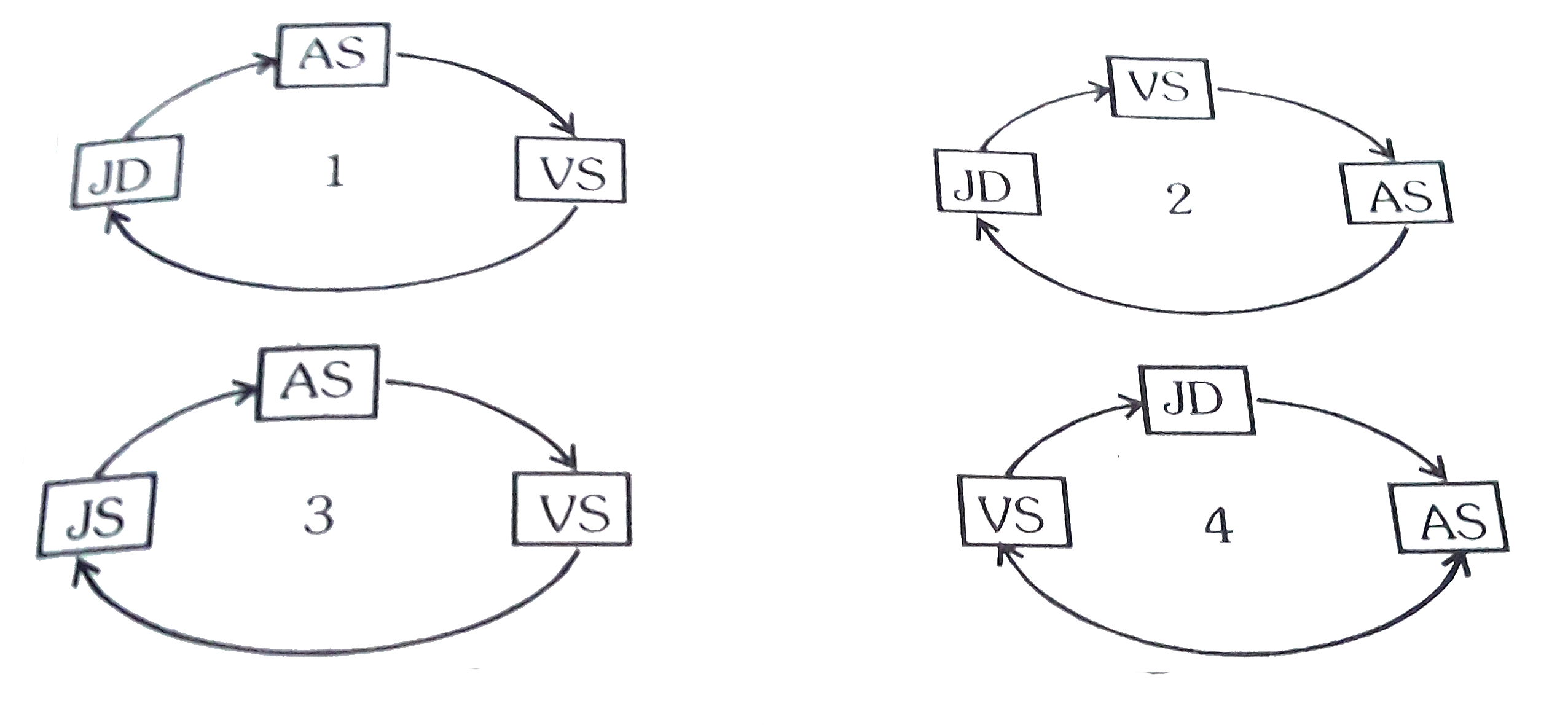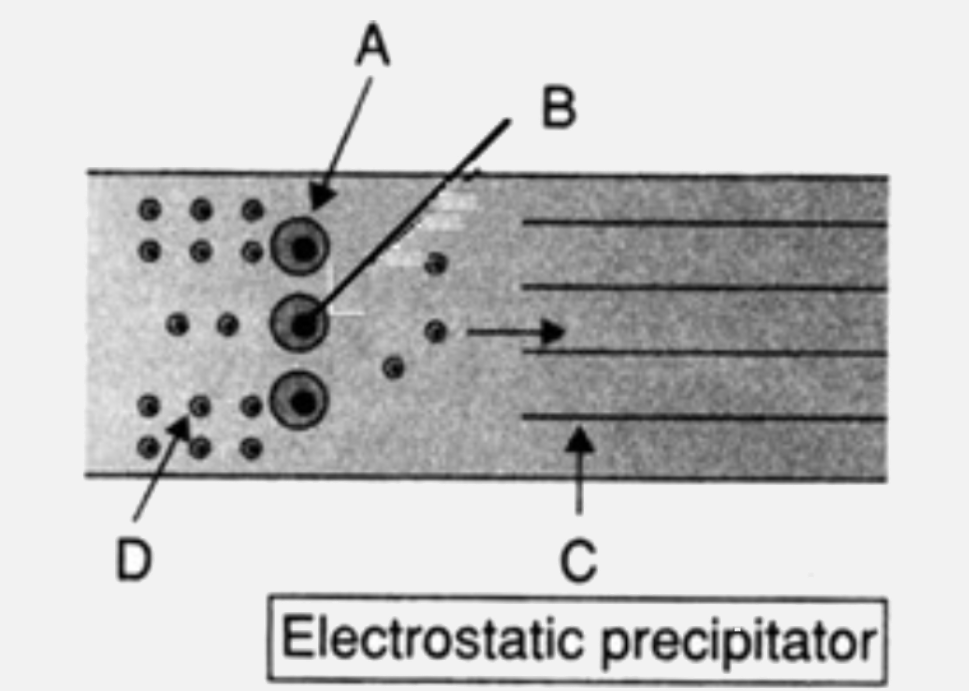AB→A+B is the representation of a
combination reaction.
double displacement reaction.
decomposition reaction.
displacement reaction.
To determine the type of reaction represented by the equation AB→A+B, we can follow these steps:
Step 1: Identify the Reactants and Products
The equation shows that a single reactant AB is breaking down into two products, A and B.
Step 2: Analyze the Reaction Type
In this reaction, we observe that one substance (the reactant) is decomposing into two simpler substances (the products). This is a key characteristic of a specific type of chemical reaction.
Step 3: Classify the Reaction
Based on the analysis, the reaction can be classified as a decomposition reaction. In a decomposition reaction, a single compound breaks down into two or more simpler products.
Step 4: Confirm with Other Reaction Types
To ensure the classification is correct, we can briefly compare it with other types of reactions:
- Combination Reaction: Two or more reactants combine to form a single product (e.g., A+B→AB).
- Double Displacement Reaction: The ions of two reactants exchange places to form two new compounds (e.g., AB+CD→AD+BC).
- Displacement Reaction: A more reactive element displaces a less reactive one from a compound (e.g., A+BC→AC+B).
Since none of these definitions match the given reaction, it confirms that the reaction AB→A+B is indeed a decomposition reaction.
Final Answer
The representation AB→A+B is a decomposition reaction.
---
The equation shows that a single reactant AB is breaking down into two products, A and B.
In this reaction, we observe that one substance (the reactant) is decomposing into two simpler substances (the products). This is a key characteristic of a specific type of chemical reaction.
Based on the analysis, the reaction can be classified as a decomposition reaction. In a decomposition reaction, a single compound breaks down into two or more simpler products.
To ensure the classification is correct, we can briefly compare it with other types of reactions:
- Combination Reaction: Two or more reactants combine to form a single product (e.g., A+B→AB).
- Double Displacement Reaction: The ions of two reactants exchange places to form two new compounds (e.g., AB+CD→AD+BC).
- Displacement Reaction: A more reactive element displaces a less reactive one from a compound (e.g., A+BC→AC+B).
The representation AB→A+B is a decomposition reaction.
Topper's Solved these Questions
- CHEMICAL REACTIONS BOOK - ICSECHAPTER - CHEMICAL REACTIONS EXERCISE - Exercise (Fill in the blanks)
8 Videos
- CHEMICAL REACTIONS BOOK - ICSECHAPTER - CHEMICAL REACTIONS EXERCISE - Exercise (Match the columns)
1 Videos
- CHEMICAL REACTIONS BOOK - ICSECHAPTER - CHEMICAL REACTIONS EXERCISE - Check your progress (Answer these questions)
6 Videos
- CARBON AND ITS COMPOUNDS BOOK - ICSECHAPTER - CARBON AND ITS COMPOUNDS EXERCISE - EXERCISES (E NAME THE FOLLOWING)
10 Videos
- ELEMENTS , COMPOUNDS AND MIXTURES BOOK - ICSECHAPTER - ELEMENTS , COMPOUNDS AND MIXTURES EXERCISE - Think and answer
3 Videos
Similar Questions
Knowledge Check
The diagram given here is the representation of
 AMiller's experimentBRedi's experimentCLouis pasteur's experimentDSpallanzani's experiment
AMiller's experimentBRedi's experimentCLouis pasteur's experimentDSpallanzani's experimentGiven is the representation of life cycle of members of classes Ascomycetes and Basidiomycetes. Select the correct option for processes A,B and C.
 AABCKaryogamyPlasmogamyMeiosisBABCPlasmogamyKaryogamyMeiosisCABCPlasmogamyMeiosisKarogamyDABCKaryogamyMeiosisPlasmogamy
AABCKaryogamyPlasmogamyMeiosisBABCPlasmogamyKaryogamyMeiosisCABCPlasmogamyMeiosisKarogamyDABCKaryogamyMeiosisPlasmogamyIn the given representation of Calvin cycle, identify A, B and C and slect the correct option.
 AABC3PGARuBPTriose phosphateBABCRuBP3PGATriose phosphateCABCPEPQ∀Malic acidDABCPEPRuBPOAA
AABC3PGARuBPTriose phosphateBABCRuBP3PGATriose phosphateCABCPEPQ∀Malic acidDABCPEPRuBPOAA
The given below diagram is the representation of

View Solutionwhich is the correct representation of cardiac cycle.

View SolutionSymbolic representation of an element.
View SolutionWhich of the following is not a representation of the contents of the passage ?
View SolutionThe correct structure representation of carboxylate ion is
View Solution

